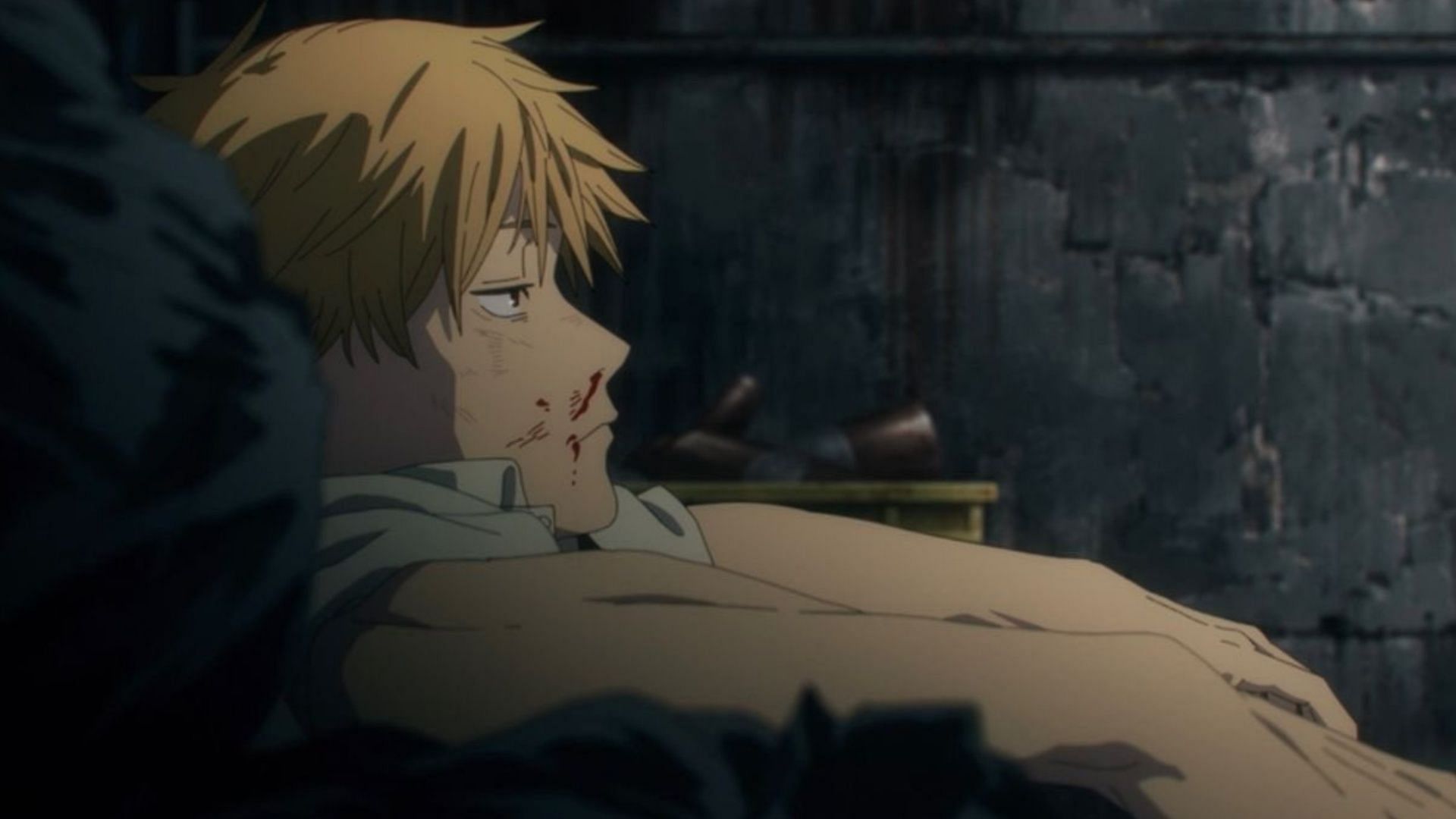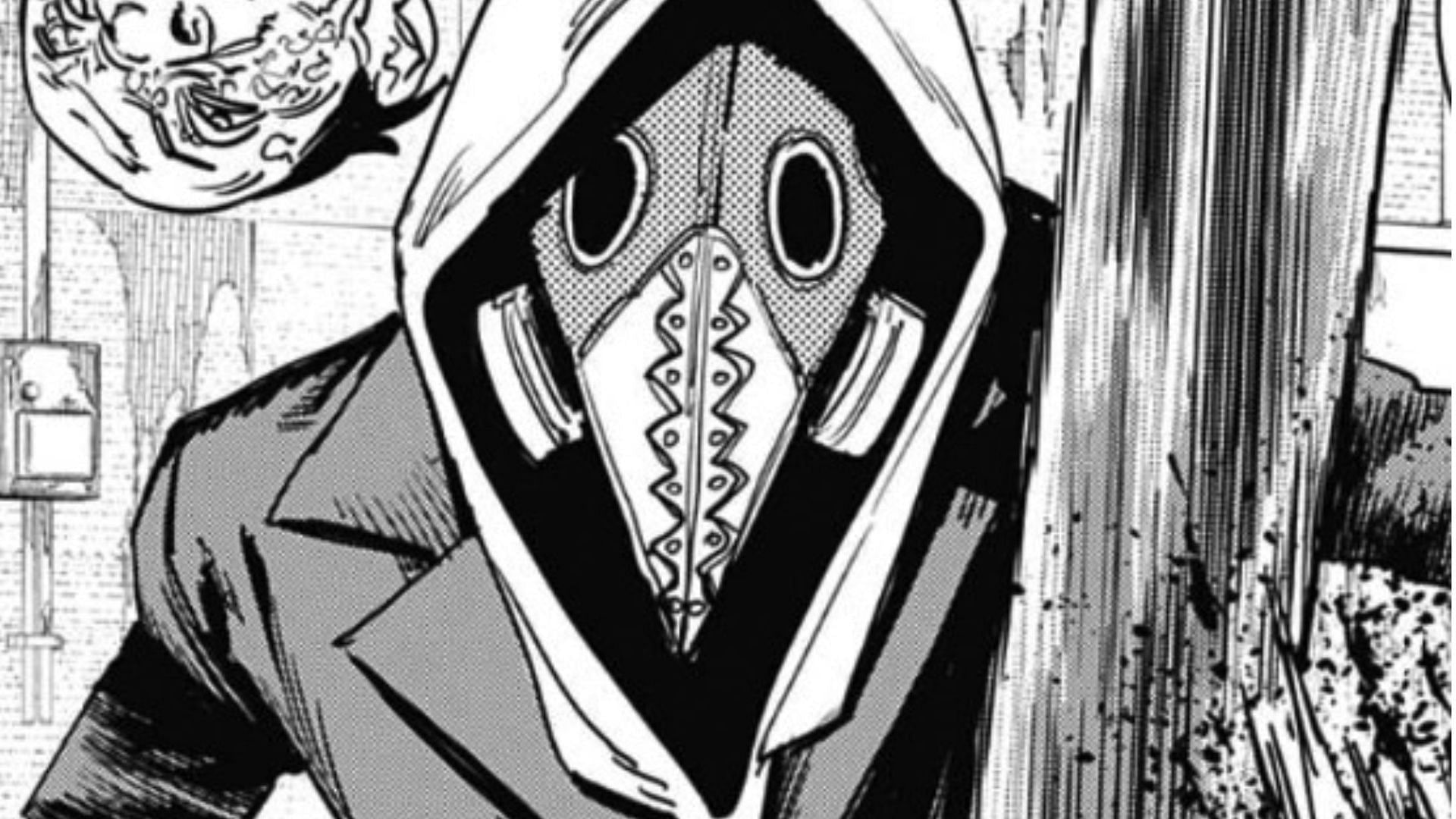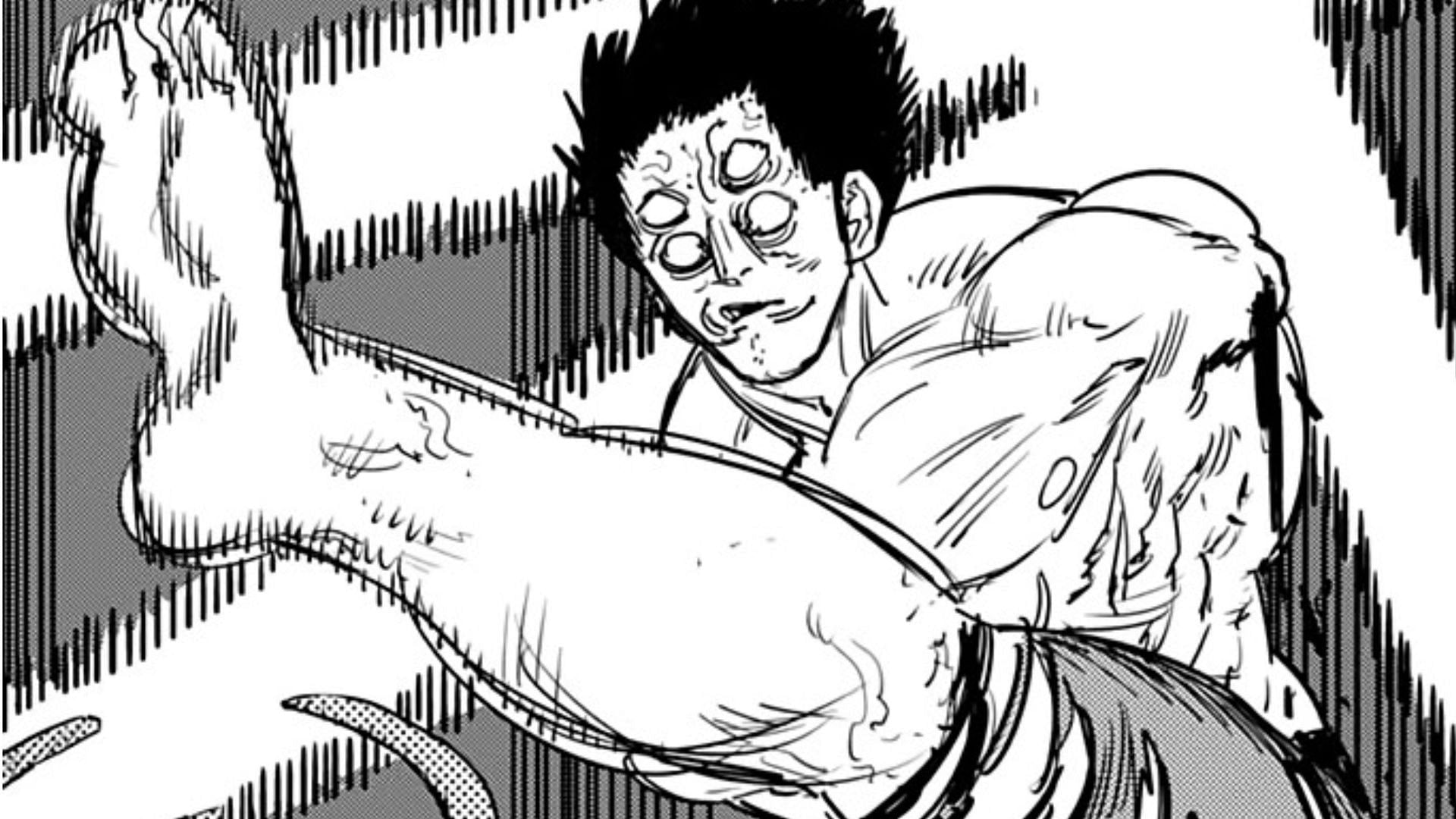Physical Address
304 North Cardinal St.
Dorchester Center, MA 02124
Physical Address
304 North Cardinal St.
Dorchester Center, MA 02124

In Man of the chainsawThe devils gain power of human fear, with primary devils like the darkness that embody the instinctive and instinctive fears. Despite its destructive nature, the devil of violence is not found at this level. This is due to the fact that violence, unlike falling or darkness, is not a primordial and innate fear, but a learner or context. It is derived from actions instead of existential and abstract threats.
In the Fujimoto universe, the devils born of fundamental and subconscious fears have greater power. Violence, though scary, lacks the deep and collective psychological roots needed to elevate it to a primordial state in the hierarchy driven by the fear that defines the supernatural balance of the world.
Resignation: This article reflects the writer's opinions.
First, the extent of “violence” decreases its intense fear. “Darkness” or “Death” is a single punch, primordial and forceful; “Violence” is a vague term, anything from a fist in the school yard to a war in the world, a boxing party with a blood bath.
This ambiguity reduces its power; Not everyone reacts with a visceral and automatic horror in the word “violence” as a final extinction of oneself can be done in the dark. We are deepened to the violence stylized in sports, cinema, video games.
Also read: The chainsaw man never gave Denji a suitable character arch, and this is the whole point
At her Man of the chainsaw The configuration, where the attacks of devils are a dim reality, the citizens are likely to disassemble the brutality, further eroding the pure and unlocked fear needed for a primary state. Violence becomes the background noise, not a constant and a primary terror.
In addition, the entity we find, the violence, emphasizes the crucial attenuating factors. It is crucially not the devil of pure violence. The figures, the devils that inhabit human corpses, are explicitly called that they are weaker than their pure devil counterparts.
The same existence of violence already represents a decreased state.

More detailed, his immense power, even in this form Nerfed, needs constant suppression through a pumped poison through his mask. This speaks of the true potential power: huge, but the actual fear needed to bring it to the primary level.
The Japanese word for “violence” used here is 騒行 (Bōkō), which tends to be interpreted as “assault” or “band violence”, a more limited fear than primordials, which are universal fears. This limits its scope compared to true concepts.
Also read: Chainsaw Man Chapter 206 brings the story of Asa and Denji to the full circle
The fact that the devil of violence is not even in the primordial pantheon shows a recurring theme Man of the chainsaw. The power of fear is not in the act, but in the specific and immediate fear of the act. Primordial fears affect the deep, relentless and unailed human weaknesses. Violence, with fear, is situational, glorifiable and abstract.
Specific apparatus of violence: the Gun devil Being the main example: they cause a sharper terror and focused because they represent an immediate, tangible and ubiquitous threat. Seeing a gun is enough to make most people panic. The word “violence” is unlikely to achieve the same effect.
Also read: Maybe you hate me for that but there is only one Fakesa man in a chainsaw man
Limited power of FiEND violence is a testament to the potential without exploiting the concept, but that power is trapped in the confusing and paradoxical relationship that humans have with violence, and can never reach the pure and old terror that causes the true primary of this cruel world.

In Man of the chainsawThe limits of devil's violence reflect the psychology of fear. Violence is destructive and widespread, but it is not a universal fear such as darkness or fall, which are instincts related to survival. Violence is filtered through culture and experience – the dreaded, standardized and even celebrated – that affect terror.
The need for the violence of shame emphasizes its power, but also its lid. Unlike the primordial fears that the thought and thought of the core of existence, violence evokes a powerful, powerful but fragmented fear, making it powerful, but inherently smaller among the devils born of the deepest fears of humanity.
Also read
Edited by press Deshpande

